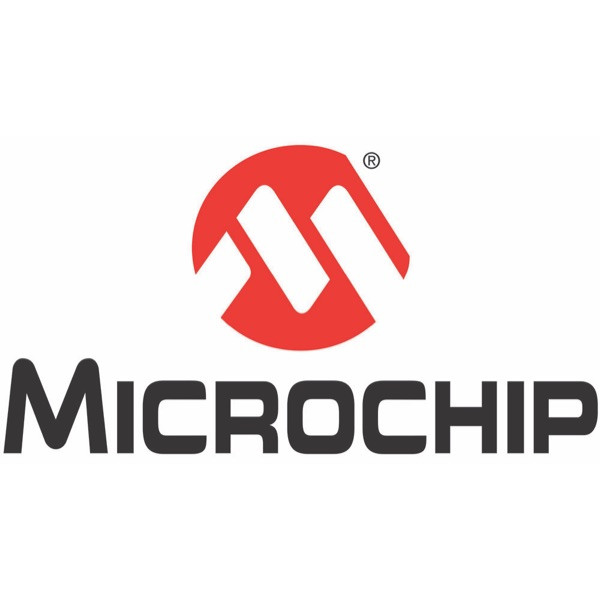First proven automotive-ready in-car Ethernet physical layer
27-05-2015 |
Microchip Technology
|
Design & Manufacture
Microchip has announced that the Volvo Car Group has migrated from MOST25 to
the latest MOST150 standard in its all-new Volvo XC90 model, using
Microchip's OS81110 Intelligent Network Interface Controllers (INICs). After
many years of using Microchip's MOST25 INICs, Volvo Cars needed to enable
its latest infotainment systems with the ability to carry Ethernet packets.
MOST150 was a natural choice because, in addition to all of its other
features, it is the first and only standard to provide a proven,
automotive-ready physical layer for Ethernet packet transport inside cars -
and it does so in accordance with the IEEE 802.3 Ethernet specifications,
says the company.
To date, more than 170 million MOST interface controllers have been
installed in 184 car models since 2001. Volvo Cars and all major carmakers
have for many years successfully implemented MOST technology in their
multi-node infotainment networking systems, as it provides a field-proven,
low-risk, whole-system solution. The MOST150 standard meets Volvo Cars'
connectivity and bandwidth demands. This latest version of MOST technology
continues to predictably and efficiently transport video, audio, packet and
control data throughout the vehicle without time-synchronization protocols,
using dedicated channels for minimal processor overhead in the main
infotainment control unit processors.
"We are pleased to welcome Volvo Cars as the fourth carmaker to adopt
MOST150 technology as its high-speed infotainment network," said Dan Termer,
Microchip's Automotive vice president. "This is another example of an OEM
migrating to MOST150. Their experience with the MOST technology standards
and their expanding needs led them to select MOST150 for their new and
future car models."
MOST150 also provides 150 Mbps performance and proven
electromagnetic-compatibility (EMC) behaviour. This EMC performance is
particularly good when combined with the optical physical layer that is
utilized in the all-new Volvo XC90 model. All MOST INICs offer
industry-standard hardware interfaces to processor and peripheral devices
for the efficient routing of streaming, packet and control data, which
greatly simplifies module designs. End users can immediately access the
vehicle's infotainment system, due to the MOST INIC's ultra-fast network
start-up behaviour.
The MOST Cooperation standards enable automotive OEMs and their Tier 1
suppliers with a proven and well-supported methodology for defining and
implementing high-bandwidth infotainment and Advanced Driver Assistance
(ADAS) systems, including a standard physical layer and a robust method for
system management and control with superior reliability and Quality of
Service (QoS). Using MOST technology also results in reduced weight for
easier compliance with environmental regulations, says the company.
By Electropages
Electropages is a trusted source of news and insights from the global electronics industry. With a dedicated team of experts and editors, Electropages delivers in-depth articles, product updates, and market trends across sectors such as embedded systems, IoT, connectors, and power solutions. Our mission is to empower engineers and professionals with the knowledge they need to innovate and succeed in a rapidly evolving technological landscape.


